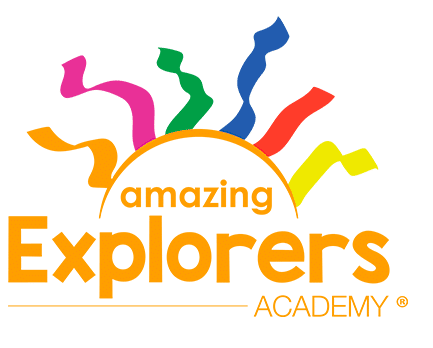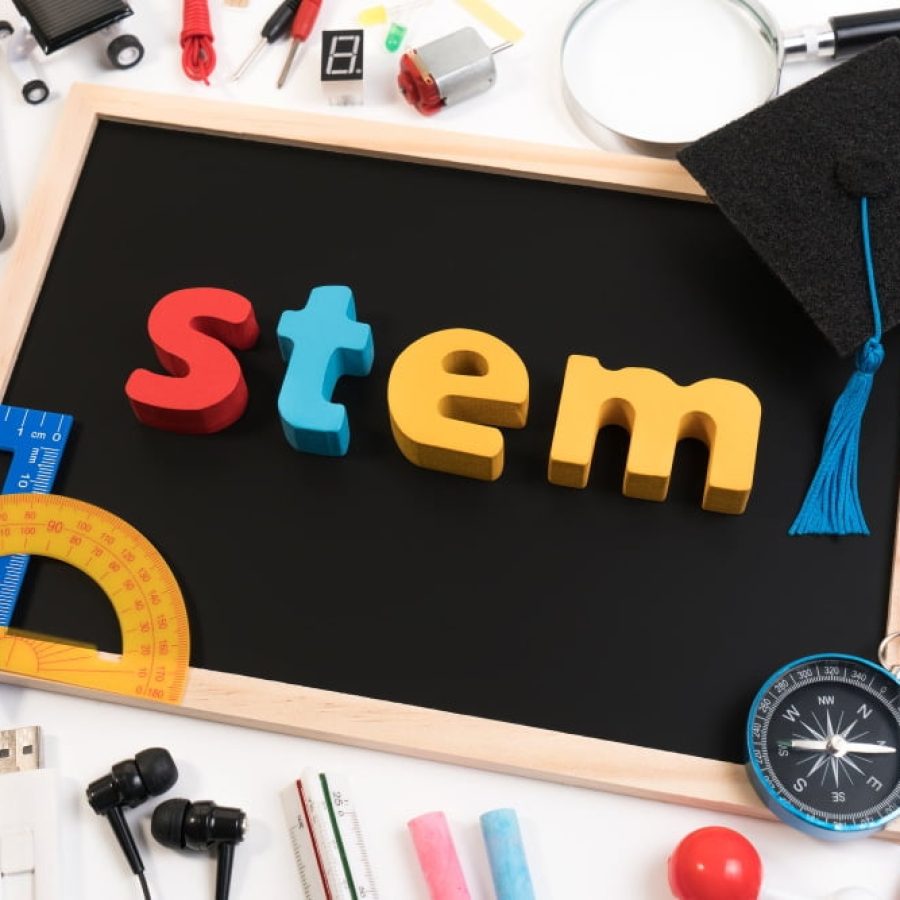Parents are constantly seeking opportunities to make their child’s life better. If you’re concerned on how you can expand your child’s options for their professional future, you might be interested in learning more about what is STEM education.
Understanding the basics of an educational system that develops more than technical skills and that goes beyond the basic methods of teaching might be just what you need, so keep reading.
What does STEM education mean?
STEM is an acronym that stands for Science, Technology, Engineering and Mathematics. These fields have been combined as a single educational method to allow children to interact with them as young as possible.
Learning should be fun, even if the subject of study is more objective and technically guided. The result of interacting with these fields in a more natural way rather than through tests and whiteboard explanations is that students become less intimidated with these topics.
As a result, they have more options in their professional future.
Differences between STEM and traditional education methodologies
Since we’re talking about preschoolers, toddlers and children’s education, of course they won’t be submitted to spreadsheets or calculations – basic elements of science/engineering practices.
Instead, STEM shows us that interacting with these different knowledge fields from a young age, and learning about them in a dynamic way, makes students more familiar with these topics.
If children learn how to build something, what is the result of mixing different chemical elements, how to interact with different people to solve problems, how to think creatively, they have better chances of standing out from a crowd in terms of school performance, independence and having a brighter future.
This is especially valuable if we consider that the future of work demands skills that are introduced and developed in STEM education from a very young age.
Is STEAM better than STEM?
An educational methodology based on STEM is already more advanced in terms of how it affects child’s development. If we add the Art element to it and turn this acronym to STEAM, it gets even better.
Connecting with arts helps children to improve their critical thinking, their problem solving skills and collaboration: all those skills that are already part of STEM are enhanced when Arts are added to the curriculum.
So the short answer is: yes, STEAM is better than STEM because more skills are added to the student’s baggage.
How does STEAM education affect my child’s future?
Discussing a child’s future does not mean forcing the child to think way ahead on their lives and miss the enjoyment of their childhood years.
Investing in a STEAM-based education simply means you’re making sure that they have open doors in their future and are able to make choices instead of settling for something they might not want based on the fact that they don’t have technical skills.
Now you know the basics of what is STEM education and what it means in terms of influencing a child’s future. If you want to continue your journey of learning about this topic, keep reading and understand how learning through play is a key piece of the STEAM educational approach.


